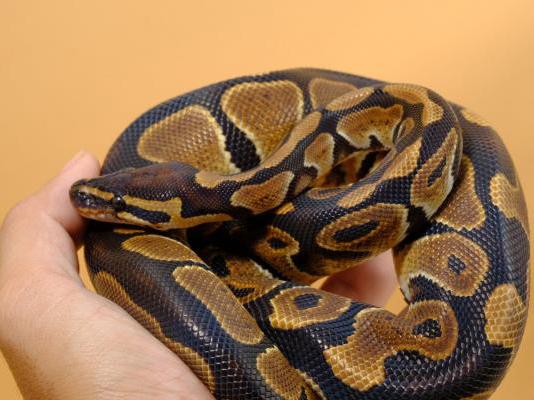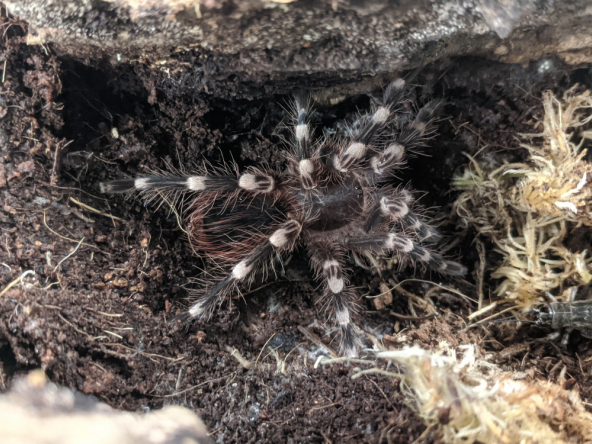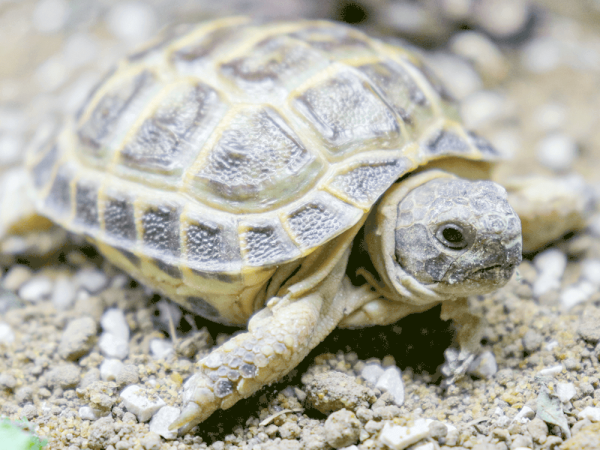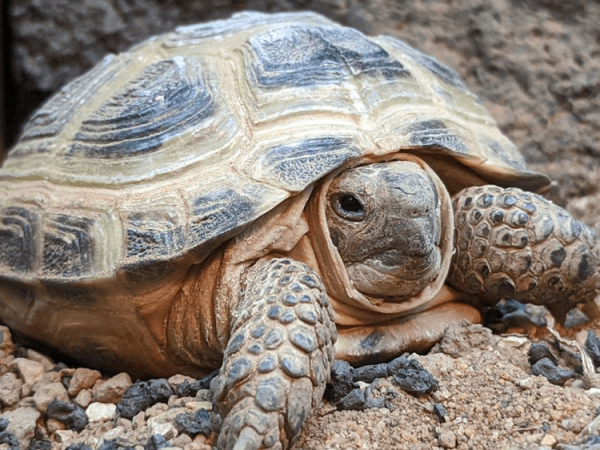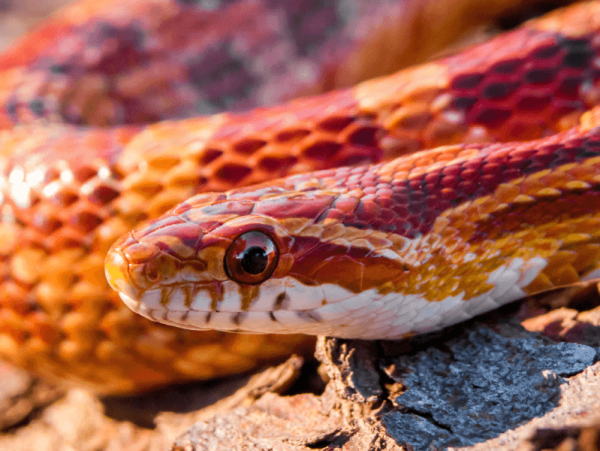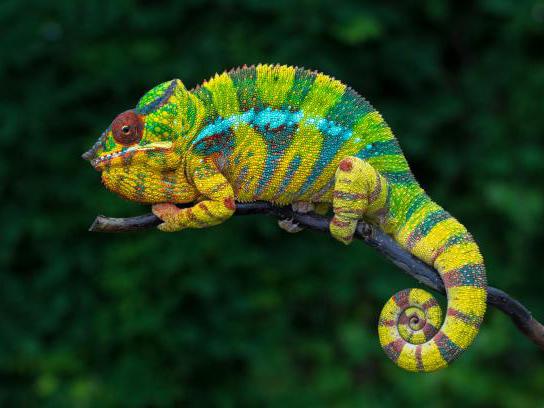Royal python, Python regius, husbandry guide
A royal python, or Ball python as our US cousins tend to call them, is a medium sized species of snake that originally evolved in the climates of sub-Saharan Africa. A small snake by python standards, the Royal python is non-venomous and is often called the Ball Python due to it's tendency to wrap itself up into a coil like shape, especially when picked up.
Royal pythons smart off small like all snakes, but rarely exceed 200cm in length, with the females tending to squeeze in those extra few inches to become the bigger of the two. This generally non-threatening size and usually calm temperament means that handled properly from hatchlings, they rarely lash out, making them easy and docile pets for captivity in the UK.
Like almost all snakes, royal's will shed their skin periodically, and some may need a little more help than others. Increasing the humidity a little or providing a slightly more abrasive or moist substrate in their hide might help. Handling should be done often in small doses to ensure a docile nature into adulthood.
Royal Python Habitats
Royal pythons when reaching adulthood preffer long terrestrial vivariums such as a VivExotic Viva+ Terrestrial Vivarium Large Oak. Not generally big on climbing, royals tend to prefer underground burrows, often dug by mammals in the wild. In your vivarium, which we recommend to be as large as possible for grown adults, you can simply use a large reptile hide such as Exo Terra caves, allowing you easy access to them should they be trying to hide from you.
Wooden vivariums are considered superior over glass or plastics for royals, due to the isolative properties of the wood, keeping things warm to sub-Saharan temperatures.
Common royal python substrates used in captivity are bark hide, beech chips and soft aspen, all non-reactive with your pythons underbelly and keeping things more or less arid to avoid scale rot.
Royal Python Heating and Lighting
Royal pythons are known to enjoy basking in the sun from time to time. Being cold blooded as all snaked are, they rely on heat from their environment to raise their body temperature to thermo regulate. Without this heat from the environment, they cannot circulate blood properly, or digest their food, often causing food regurgitation, weight loss and health problems.
We recommend using a basking heat lamp, creating a hot spot at one end of the vivarium to achieve a temperature of around 33 degrees centigrade, leaving your cooler end of the vivarium at around a pleasant 24 degrees centigrade, allowing your snake the option to move between the hot and cold areas at will depending on their core body temperature.
Some keepers use a heat mat too, however to provide a little extra warmth. Just ensure that your snake does not come into direct contact with the mat, and due to your Royal's habit or burrowing into substrate, we recommend the use of a matt stat, and the placement of the mat on the side or below the vivarium itself, on a heat-proof surface to reduce the risk of burning.
Ceramic heaters are also of great use to your Royal, helping to provide night time heat when your light emitting bulbs are off, or just to raise the general ambient air temperature during the day in the spots not under your basking lamp.
It's always best to monitor your royal python habitat using two thermometers, one at the cooler side, and one under your basking spot, both positioned at the height your snake will be living at to ensure the right temperatures. We also recommend a reliable thermostat system if your budget will stretch to it.
Royal Python humidity
For Royals, this is an easy one. Generally, most homes will have around a 50 to 60% humidity range already, perfect for your python. Just install an analogue hygrometer into your vivarium to make sure it doesn't exceed parameters (risking scale rot and breathing problems) or too low (risking a bad shed due to a lack of moisture).
Royal Python Scenery
These snakes aren't too fond of deserts, but enjoy relatively arid scrubland or warm forests, and therefore you should try to emulate this in your vivarium. Some fallen tree branches (either natural or artificial), African plants (none poisonous) and a rock or wood based hide to retreat to or bask on will have your snake feeling at home.
Intelligent animals, try to shake up your decor during cleaning time, making them feel they have something a little different to explore.
Royal python diets
Providing you are ok with frozen live food hanging around in your freezer, royal diets are pretty easy to cater for. Being completely carnivorous from hatching, young royals enjoy small "fuzzies" mice every 5 or 6 days, slowly progressing to larger mice and eventually weaner rats. Learning to judge what they can accept is a talent you will soon learn, but generally speaking if they can fit their jaws around it, they will keep it down.
As with all snakes, we recommend feeding them outside of their vivarium to dissociate handling time with feeding time. Feeding them inside the vivarium may cause them to become confused, striking at your hand as they believe they are being fed which is not so much of a problem when they are hatchlings, but a fully grown snake might do some damage.
Royals are notorious for not taking food, and usually this is down to husbandry if your snake is not eating, ensure their temperature and habitat is within parameters. Sometimes, cutting at the mouse's head to expose their brain triggers their hunting instincts too, if you can handle a little mess.
The Last Word
Each year we get thousands of calls at Swell Reptiles about Royal Pythons, and we are happy to take every single one. They're a big favourite of ours, with many of our staff members having fond memories of their first Royal, and we're left with no doubts that given the right care a research, you'll be able to use this blog to start some memories of your own.




